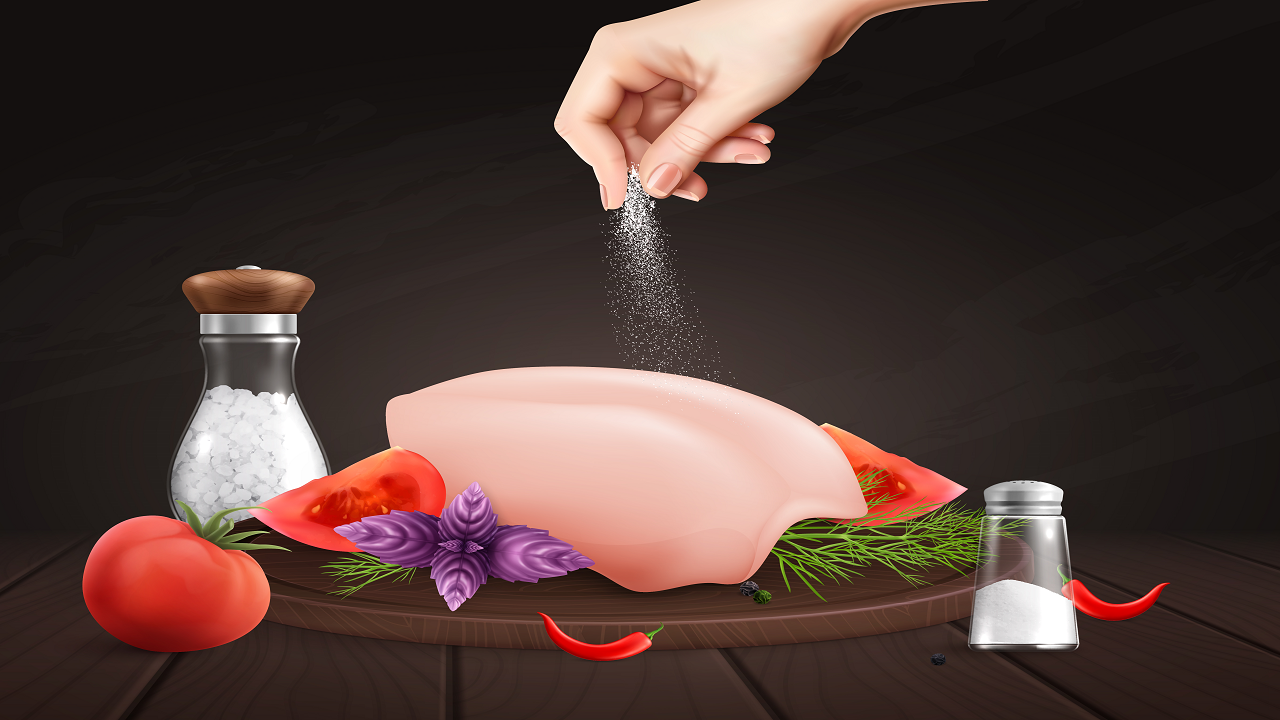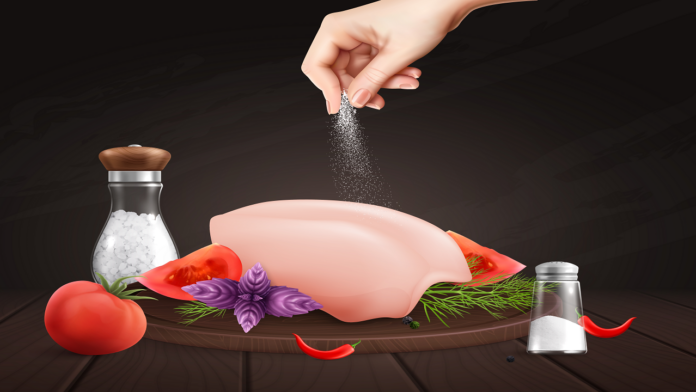
A WHO study conducted as part of National NCD Monitoring Survey In India, it was found that the average daily intake of salt among Indians is 8 grams, which is more than the recommended daily limit of 5 grams. The study involved monitoring sodium levels in urine in 3,000 adults and estimating salt intake using a globally standardized formula. The research found that adults from different socio-demographic backgrounds were consuming more salt than recommended, with men having a higher daily salt intake (8.9g) than women (7.9g).
Certain demographic groups in the study also exhibited higher salt intake than their counterparts. Employed individuals consumed 8.6 grams of salt, current tobacco users consumed 8.3 grams, obese individuals consumed 9.2 grams and those with high blood pressure consumed 8.5 grams. It is important to note that a diet high in sodium, which is a large portion of common salt, is associated with an increased risk of high blood pressure (hypertension), which can ultimately lead to heart attack and stroke.
What is NCDs?
Non-communicable diseases (NCDs), such as heart disease, stroke, cancer, diabetes, and chronic lung conditions, collectively account for 74 percent of all global deaths. A significant majority of NCD-related deaths, accounting for three-quarters of the total, and 86% of the 17 million people who die prematurely, before reaching age 70, occur in low- and middle-income countries. are focused.
NCDs share five primary risk factors, namely tobacco use, lack of physical activity, heavy alcohol consumption, unhealthy eating habits, and exposure to air pollution. The NCD epidemic causes serious health consequences for individuals, families and communities, and poses a serious threat to health care systems. The economic costs associated with NCDs emphasize the urgent need to prioritize their prevention and control as an important development goal in the 21st century.
The World Health Organization (WHO) is committed to leading international efforts by providing guidance and a solid evidence base for monitoring, prevention and management of NCDs. It is imperative for governments to act swiftly to meet global targets aimed at reducing the burden of NCDs.
Read more: Disease X more dangerous than covid-19, could affect 50 million lives, ‘be alert’, says expert
Why is salt important for your body?
A minimum amount of sodium is necessary for various bodily functions such as transmitting nerve signals, facilitating muscle activity, and maintaining mineral and water balance.
How important is salt?
The World Health Organization (WHO) recommends eating less than 5 grams per day as the ideal amount. High sodium intake can lead to high blood pressure, risk of heart disease and stroke, and a lack of calcium in the body.
Tips to reduce salt intake
It is important to reduce salt intake to maintain good health, as excess salt can lead to high blood pressure and increase the risk of heart disease and stroke. Here are some tips to help you reduce your salt intake:
-
Read food labels: Start by reading the nutrition labels on packaged foods. Look for sodium content per serving and choose products with lower sodium levels. Try to choose items labeled “low sodium” or “no added salt.”
-
Cooking at home: Cooking your own food at home allows you to have more control over the amount of salt in your food. Instead of relying on salt, use fresh ingredients and herbs and spices for flavor.
-
Use herbs and spices: Experiment with herbs, spices and other spices to add flavor to your dishes. Some great options include garlic, basil, oregano, thyme, rosemary, paprika, and lemon zest.
-
Limit processed foods: Processed and prepackaged foods often contain high amounts of salt to enhance flavor and preserve shelf life. Reduce your consumption of these items, such as canned soups, frozen meals, and snack foods.
-
Choose low-sodium alternatives: Choose low-sodium versions of common condiments like soy sauce, salad dressings, and canned vegetables. Many manufacturers offer low-sodium options.
-
Wash canned foods: If you use canned beans, vegetables, or other produce, rinse them under cold water before using to remove some of the salt.
-
Beware of restaurant meals: When eating out, ask for dishes to be prepared with less salt, and avoid adding extra salt at the table. You can also choose restaurants that offer low-sodium menu options.
-
Limit fast food: Fast food is often high in salt. Cut down on fast food and choose healthy alternatives when eating out.
-
Gradual decrease: If you’re used to a high-salt diet, making a sudden change can be difficult. Gradually reduce your salt intake over time to allow your taste buds to adjust.
-
Increased potassium intake: Potassium helps balance sodium in the body. Include potassium rich foods in your diet such as bananas, oranges, potatoes, spinach and beans.
-
Stay hydrated: Drinking plenty of water can help flush excess sodium from your system and reduce cravings for salty foods.
Remember that reducing salt intake is a gradual process, and it may take some time for your taste buds to adjust to less salty flavors. However, the health benefits of reducing salt consumption are worth the effort. If you have specific dietary concerns or health conditions, it’s a good idea to consult a health care professional or registered dietitian for personalized guidance.
First Published: 27 Sep 2023, 09:52 IST
